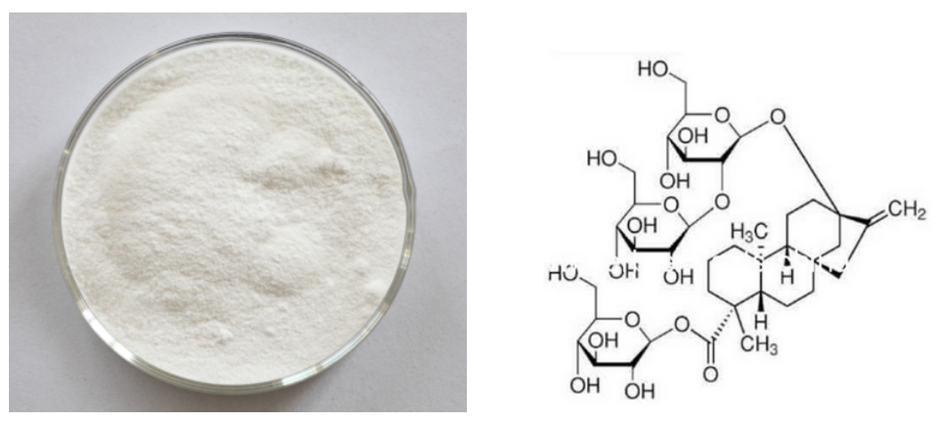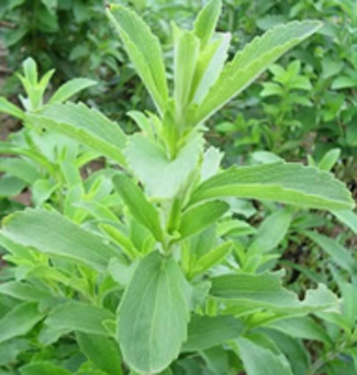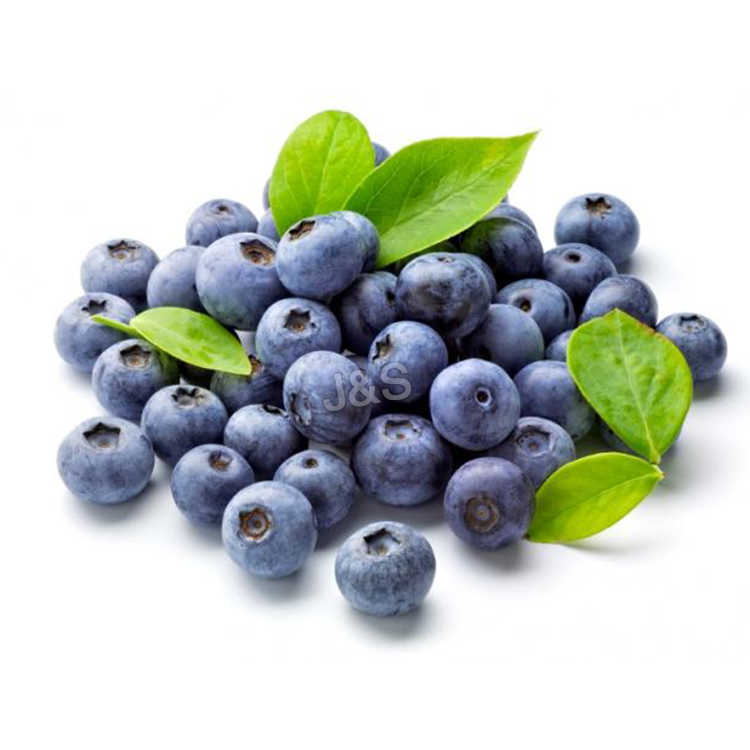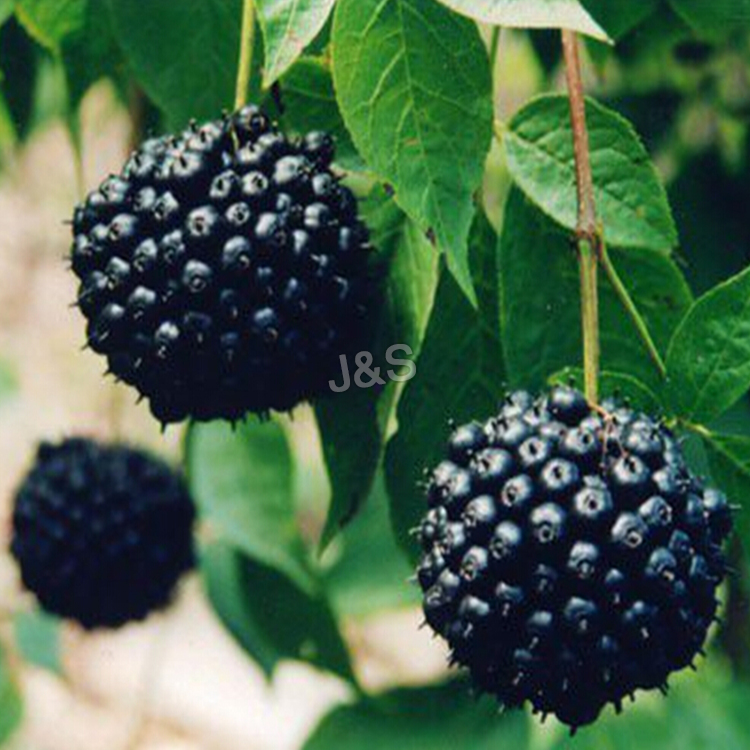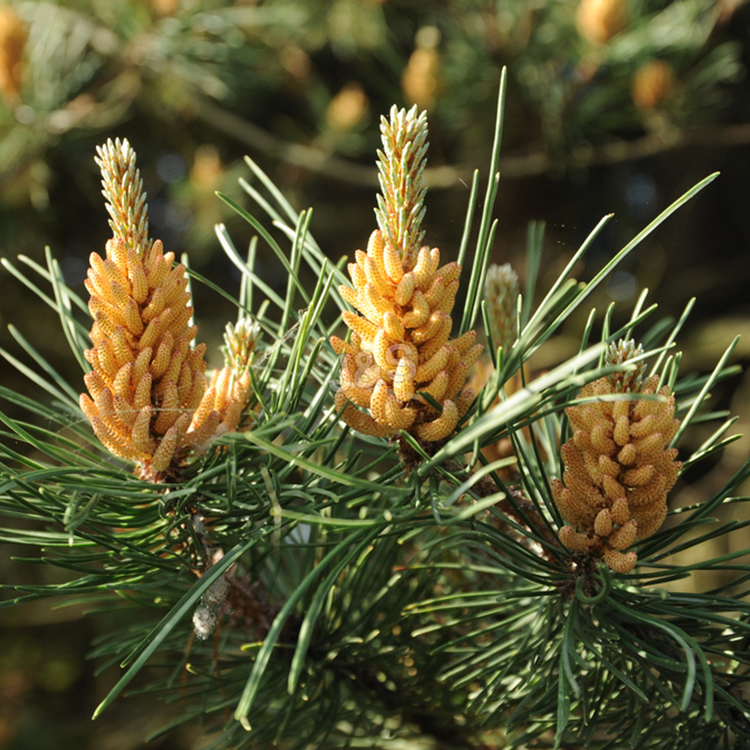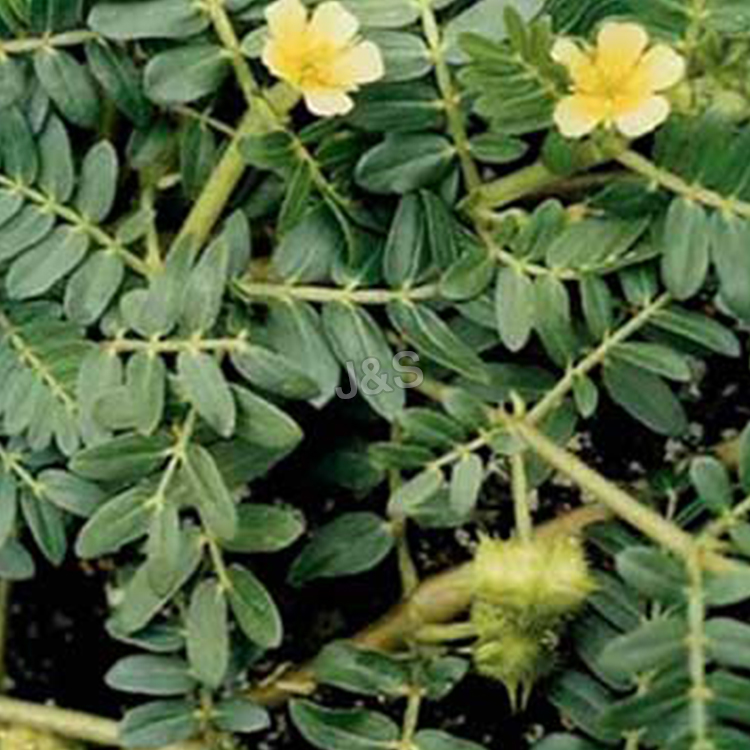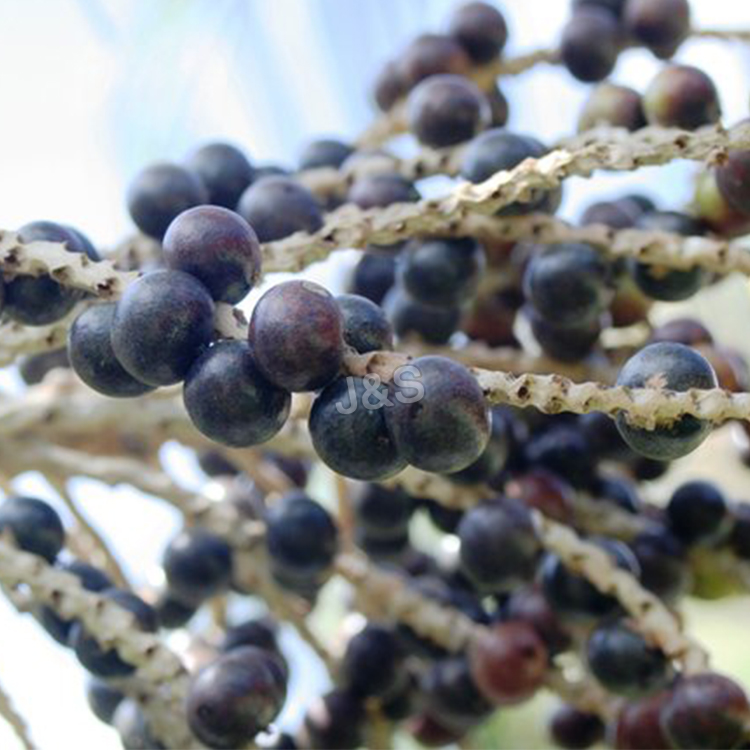14 Years Manufacturer Stevia Extract Factory in India
14 Years Manufacturer Stevia Extract Factory in India Detail:
[Latin Name] Stevia rebaudiana
[Plant Source]from China
[Specifications] 1.Stevia Extract Powder (Steviosides)
Total Steviol Glycosides 80%, 90%, 95%
2. Rebaudioside-A
Rebaudioside-A 40%, 60%, 80%, 90%, 95%, 98%
3. Stevioside 90%
One monomer in Steviol Glycosides
[Appearance] Fine white powder
Plant Part Used:Leaf
[Particle size] 80 Mesh
[Loss on drying] ≤5.0%
[Heavy Metal] ≤10PPM
[Shelf life] 24 Months
[Package] Packed in paper-drums and two plastic-bags inside.
[Net weight] 25kgs/drum
Stevia Extract
[Characteristics]
Stevia sugar features high sweetness and low calorie and its sweetness is 200 350 times of that of cane sugar but its calorie is only 1/300 of that of cane sugar.
The component of stevia extract that gives it its sweetness is a mixture of various steviol glycosides. The components of sweetness in stevia leaves are stevioside, rebaudioside A, C, D, E and dulcoside A. Rebaudioside C, D, E and dulcoside A are small in quantity. The principal components are stevioside and rebaudioside A.
The quality of stevioside and rebaudiosideA is better than those of other components, which are commercially extracted and used in various applications.
The steviol glycosides present in stevia extract are referred to as “steviosides” or ¡°stevia extract¡±. Among these “steviosides”, the most common is Stevioside followed by RebaudiosideA. The Stevioside has a slight and pleasant herbal taste and the Rebaudioside-A has no herbal taste.
Although Rebaudioside C and dulcoside A are small in quantity in stevia extract, they are the major components giving bitter aftertaste.
[Function]
A large number of pharmaceutical tests have proved that stevia sugar has no side effects, carcinogens, and is safe for eating.
Compared with cane sugar, it can save 70% of the cost. With pure white color, pleasing taste and no peculiar smell, Stevia sugar is a new sugar source with broad perspective for development. Stevia rebaudianum sugar is the natural low hotsweet agent mostly similar to the flavor of cane sugar, approved to be used by State Ministry of Health and Ministry of Light Industry.
It is the third natural succedaneum of cane sugar and beet sugar with development and health care value, extracted from the leaves of the herbal vegetable of the composite family-stevia rebaudianum.
Product detail pictures:
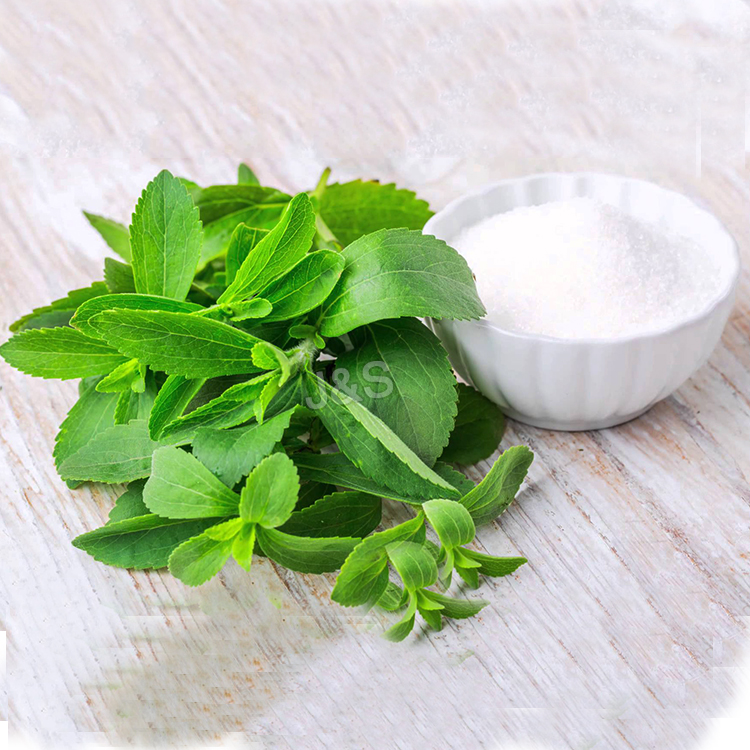
Related Product Guide:
Our personnel are always in the spirit of "continuous improvement and excellence", and together with the top-quality good quality solutions, favorable selling price and superior after-sales providers, we try to acquire each customer's rely on for 14 Years Manufacturer Stevia Extract Factory in India , The product will supply to all over the world, such as: Auckland, Peru, Kazakhstan, Our tenet is "integrity first, quality best". Now we have confidence in providing you with excellent service and ideal merchandise. We sincerely hope we can establish win-win business cooperation with you in the future!
https://etop10christmas.com/free-ebook-for-losing-10-pounds
The Review of Raspberry Ketone :
@@@@@@@@@@@@@@@@@@@@@@@@@@@@
Raspberry ketone is an aromatic component present in raspberries and other fruits. It can also be produced synthetically in a lab.
Raspberry ketone, additionally accepted bargain as Rasketone, and Frambinone Rheosmin is a phenolic admixture that is abounding in red raspberries. He persuades the anatomy to absolution a hormone alleged norepinephrine. Additionally alleged accent hormone, norepinephrine affects that allotment of the brain, which controls anon for affliction and answers. By accretion the assembly of B beef and T, Raspberry Ketone weight loss also plays an important role in deepening the allowed system. In addition, it nourishes the anatomy with micronutrients such as vitamin B, vitamin C, iron, copper, manganese and magnesium.
https://etop10christmas.com/free-ebook-for-losing-10-pounds
Raspberry ketones reviews have shown that they are basically enzymes that have been extracted from the actual fruits. Many centuries ago, hunter and gatherer societies depended on raspberries for health purposes because even they were aware of the many healing properties that are naturally enveloped within each and every berry. Over time, millions of people just started to take raspberries and eat them because they knew that, like other fruits, there was a wide range of health benefits that could be experienced by consuming them.
Why has raspberry ketone been targeted for weight loss?
The Raspberry Ketone Reivews indicated that Scientists had previously shown that pungent compounds with similar chemical structures, such as capsaicin and synephrine, had lipolytic activity — causing fat breakdown — in rats fed a high-fat diet and in in vitro fat cells.
Raspberry ketone is not found in nature abundantly. So, raspberry ketone can be prepared industrially by a variety of methods from chemical intermediates. Like raspberry ketone can be prepared through a crossed aldol catalytic hydrogenation. In acetone and sodium hydroxide, 4 hydroxybenzaldehyde can form α, β unsaturated ketone. This then goes through catalytic hydrogenation to produce raspberry ketone. This method produces a 99% yield.
Raspberry ketones reviews have shown that they are basically enzymes that have been extracted from the actual fruits. Many centuries ago, hunter and gatherer societies depended on raspberries for health purposes because even they were aware of the many healing properties that are naturally enveloped within each and every berry. Over time, millions of people just started to take raspberries and eat them because they knew that, like other fruits, there was a wide range of health benefits that could be experienced by consuming them.
https://etop10christmas.com/free-ebook-for-losing-10-pounds
Raspberry ketone reviews reveals many great benefits of taking raspberry ketone supplement, but you can’t eat thousand of pills everyday, because the recommended daily dosage is 200 mg per day.
Get your FREE BOTTLE here: https://etop10christmas.com/free-ebook-for-losing-10-pounds
related search terms:
Raspberry ketones
Raspberry ketone
Raspberry reviews
Raspberry testimonials
Raspberry ketones side effects
Raspberry ketones before and after
Raspberry ketones reviews discover fastest
Flawless raspberry ketone
Raspberry for teens
Youtube raspberry ketone
Buy dr oz show raspberry ketone fat loss
Organic fat burner dr. oz
Fast belly loss gnc
100% pure raspberry ketones
Raspberry ketones drops
Raspberry ketone after results
Does raspberry ketone work
Raspberry ketone 500
Best supplement 800
Where to get raspberry ketone
Weight loss youtube
Lean raspberry ketone
The raspberry ketones
After results
Raspberries
Original raspberry ketone
Official raspberry ketones supplier
Raspberry ketone diets
Side effects video
Gnc raspberry ketone extract
Walmart raspberry ketones
Liquid 900 formula
Purchase ketones gnc
Extract of raspberry ketone
Dieting with raspberry ketone
As seen on tv
Ketone dr oz phone
Raspberry ketone brands that work
Ketone thin
Youtube raspberry ketone
Where to get raspberry ketone los angeles California
Best organic raspberry ketones
Ketone of raspberry
Fat burner raspberry ketone dr oz
Doctor oz recommended raspberry ketones
Best fat loss supplement
Mayo clinic raspberry ketones
Blame Technology 1999. BT7
On this website, product categories is clear and rich, I can find the product I want very quickly and easily, this is really very good!
